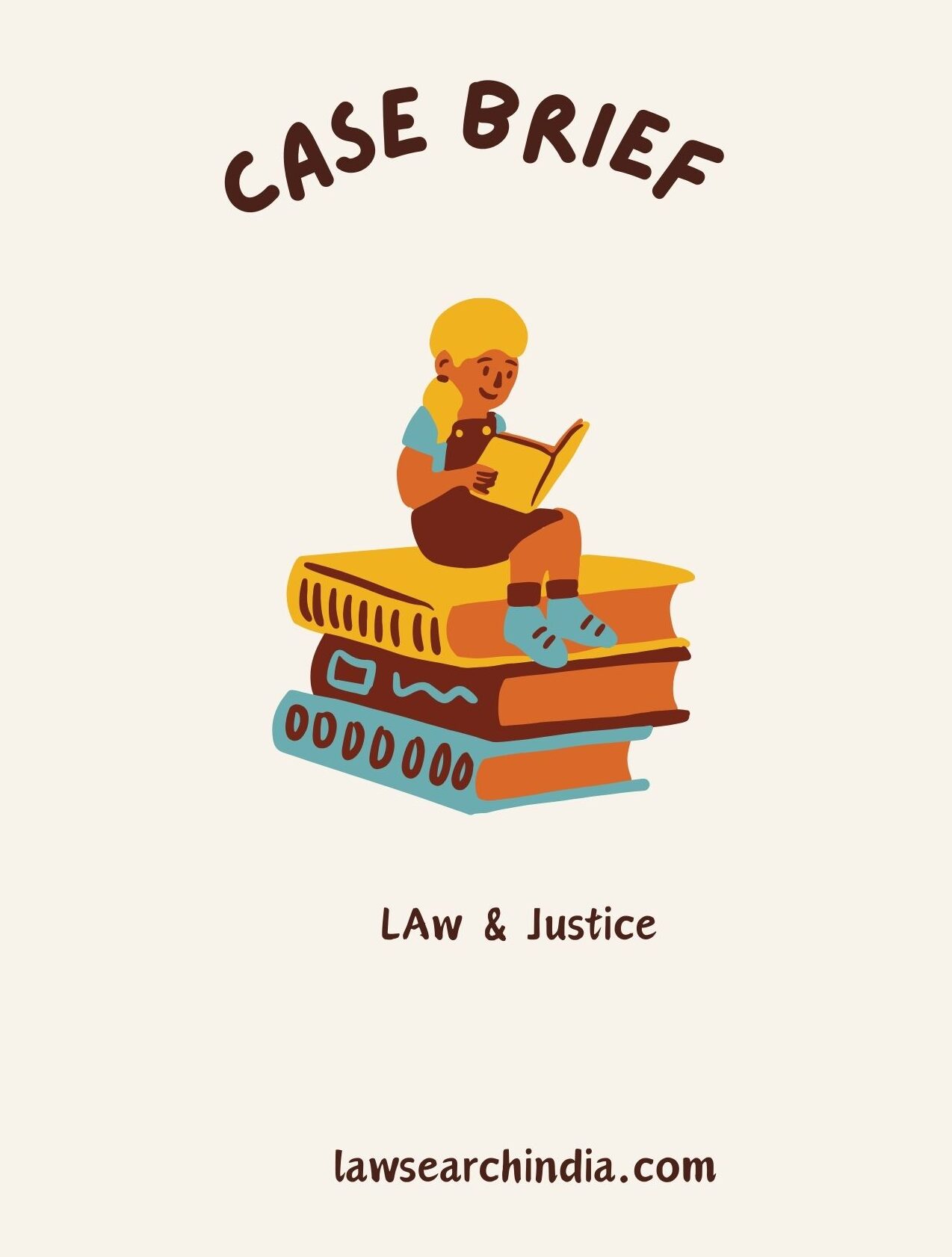CASE DETAILS
| Bench P.B. Gajendragadkar C.J. K. N. Wanchoo J. M. Hidayatullah J. K. C. Das Gupta J. N. Rajagopala Ayyangar J. | Case no. AIR (1964) SC1810 | Acts/law CPC order 2 rule 2 |

INTRODUCTION:
In GURBUX SINGH V/S BHOORALAL (order 2 rule 2) a constitution bench dealt with an issue concerning the applicability of order 2 rule 2 of CPC. A leave to appeal was granted against the order of the High Court which was passed in the second appeal wherein the court upheld the order of remand of the first appellate court and to decide the suit on merits and the same is not dismissed under order 2 rule 2 of CPC.
INTRODUCTION:
Appellant has been granted leave to file an appeal against the order of the High court passed in second appeal which upheld that the order of remand of first appellate court and to decide the suit on merits as the same is not dismissed under order 2 rule 2 of CPC.
FACTS:
The respondent herein filed a suit in 1954 before subordinate judge against appellant claiming thereby possession of suit property and mean profit. It was contended in the plaint that the defendant is in the wrongful possession and is not vacating the property even after several requests. In the written statement it was averted objection on the maintainability of the suit on the ground that order 2 rule 2 bars the suit as the present relief could have been claimed in the earlier suit with same cause of action. However, plaintiff/respondent herein omitted to claim the said relief of possession.
ISSUE BEFORE TRAIL COURT:
- Whether order 2 rule 2 CPC bars the present suit?
TRIAL COURT:
Trial court dismissed the suit and recorded the finding that the suit is barred under order 2 rule 2 of CPC.
APPEAL:
The plaintiff/respondent herein filed an appeal before Additional District Judge and appellate court observed as under:
- Plea of order 2 rule 2 is not applicable as there is no record of earlier suit to justify this plea besides it is not known what was the pleaded in earlier suit;
- Even if the record was available court would have gave finding in favour of plaintiff as the relief of mean profit is different and distinct from the relief of possession of property from trespasser.
- Set aside the dismissal of suit and remanded suit to be adjudicated on merits before trial court.
SECOND APPEAL BEOFRE HIGH COURT:
Appellant herein-defendant filed a second appeal before High court against the order of remand passed by the first appellate court. Learned single judge of High court was pleased to dismiss the appeal.
APPEAL BEFORE SUPREME COURT:
Apex court granted leave to appeal against the order of second appellate court, Court observed the issue that:
- Whether relief for the possession of immoveable property and relief for the mean profit concerning the same property arise out of “same cause of action” for the application of order 2 rule 2?
It is necessary to ascertain for the applicability of order 2 rule 2 of CPC. Order 2 rule 2 clause 3 envisage that: “(3) A person entitled to more than one ‘relief in respect of the same cause of action’ may sue for all or any of such reliefs, but if he omits, except with the leave of the Court, to sue for all such reliefs, he shall not afterwards sue for any reliefs so omitted.”
MADRAS AND ALLAHABAD HIGH COURT-order 2 rule 2:
Some of the High court notably Madras high court, referred to Order 2 rule 4 which is as under:
“Rule 4. No cause of action shall unless with the leave of the Court, be joined with a suit for the recovery of immoveable property, except—
1. claims for mesne profits or arrears of rent in respect of the property claimed or any part thereof;…………
On one hand few High court observed that on reading order 2 rule 2 it could be evaluated that the cause of action in the suit for the possession of immovable property and the cause of action in a suit for the mean profit from the same property is different and distinct.
On the other hand, Allahabad High court gave finding that he basis for the relief of the possession of property and relief of the mean profit is same viz. “wrongful possession by defendant” therefore when plaintiff brings a suit for possession alone or suit for the mean profit alone, is afterwards barred to institute a suit for other relief as order 2 rule 2 (3) is applicable.
The apex court observed that the trial judge in the present case had preferred the opinion of Allahabad High court judgment therefore dismissed the suit on the ground of defence order 2 rule 2 CPC.
The learned single judge was more inclined towards the finding of Madras High court judgment and therefore remanded the matter to trial court. Supreme court in paragraph no. 6 gave following points that are to be established by the defendant under order 2 rule 2 (3).
ORDER 2 RULE 2 (3):
Defendant has to make out following points for order 2 rule 2 clause 3:
- that the subsequent suit is based on same cause of action as former suit;
- that plaintiff was entitled to more than one relief in respect of that cause of action;
- that plaintiff omitted to sue for the relief Ichich is now claimed in subsequent suit) without the leave of the court.
FINDING:
Apex Court did not give any finding concerning the conflict of opinion of different High courts and only adjudicated the present case. Court observed that
…No doubt, a relief which is sought in a plaint could ordinarily be traceable to a particular cause of action but this might, by no means, be the universal rule. As the plea is a technical bar it has to be established satisfactorily and cannot be presumed merely on basis of inferential reasoning. It is for this reason that we consider that a plea of a bar under Order 2 Rule 2 of the Civil Procedure Code can be established only if the defendant files in evidence the pleadings in the previous suit and thereby proves to the Court the identity of the cause of action in the two suits.
In paragraph no. 7 court observed conditions for the applicability of order 2 rule 2 as under:
“………. As the plea is basically founded on the identity of the cause of action in the two suits the defence which raises the bar has necessarily to establish the cause of action in the previous suit. The cause of action would be the facts which the plaintiff had then alleged to support the right to the relief that he claimed. Without placing before the Court, the plaint in which those facts were alleged, the defendant cannot invite the Court to speculate or infer by a process of deduction what those facts might be with reference to the reliefs which were then claimed……”
Therefore, court observed that order of remand passed by the first appellate court which was further confirmed by the High court was right. The appeal was dismissed and suit should be decided on merits.
